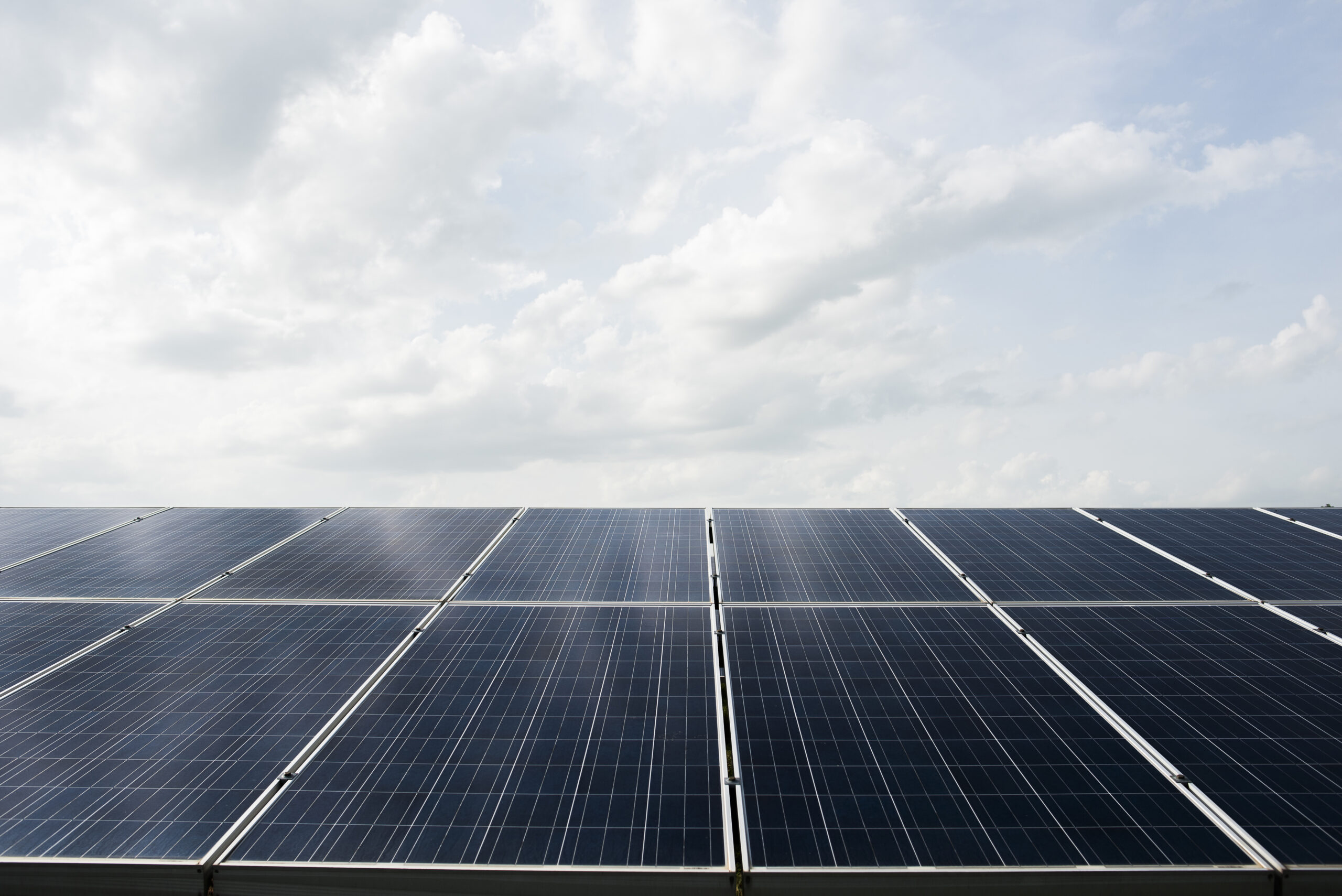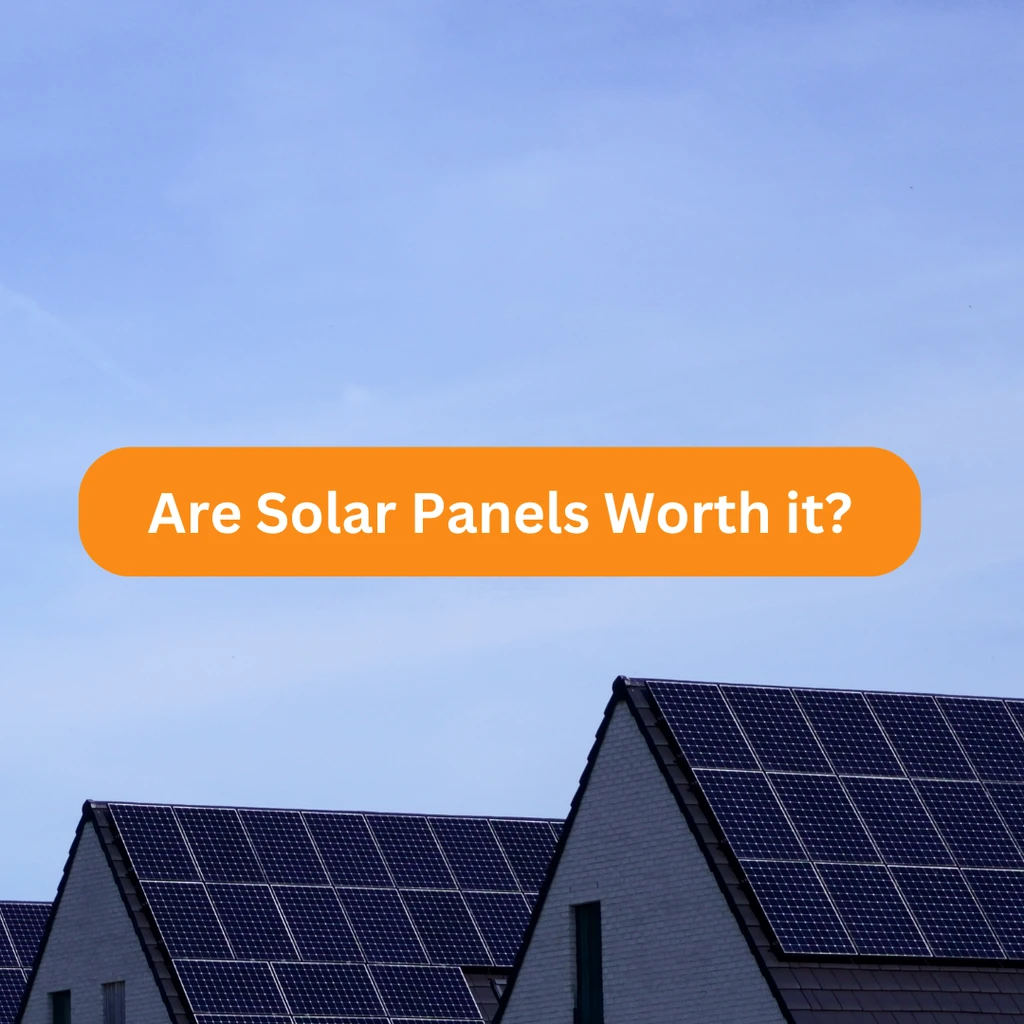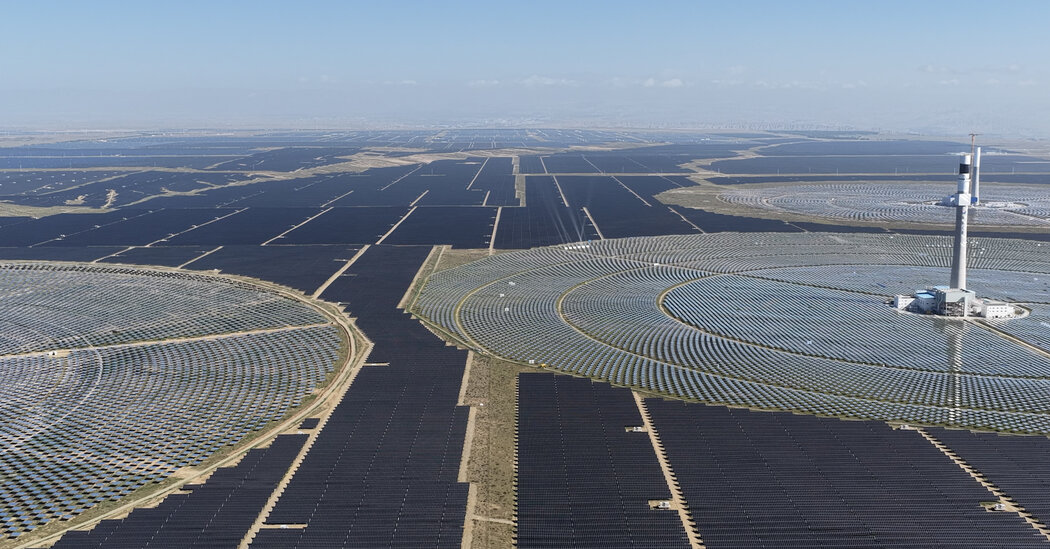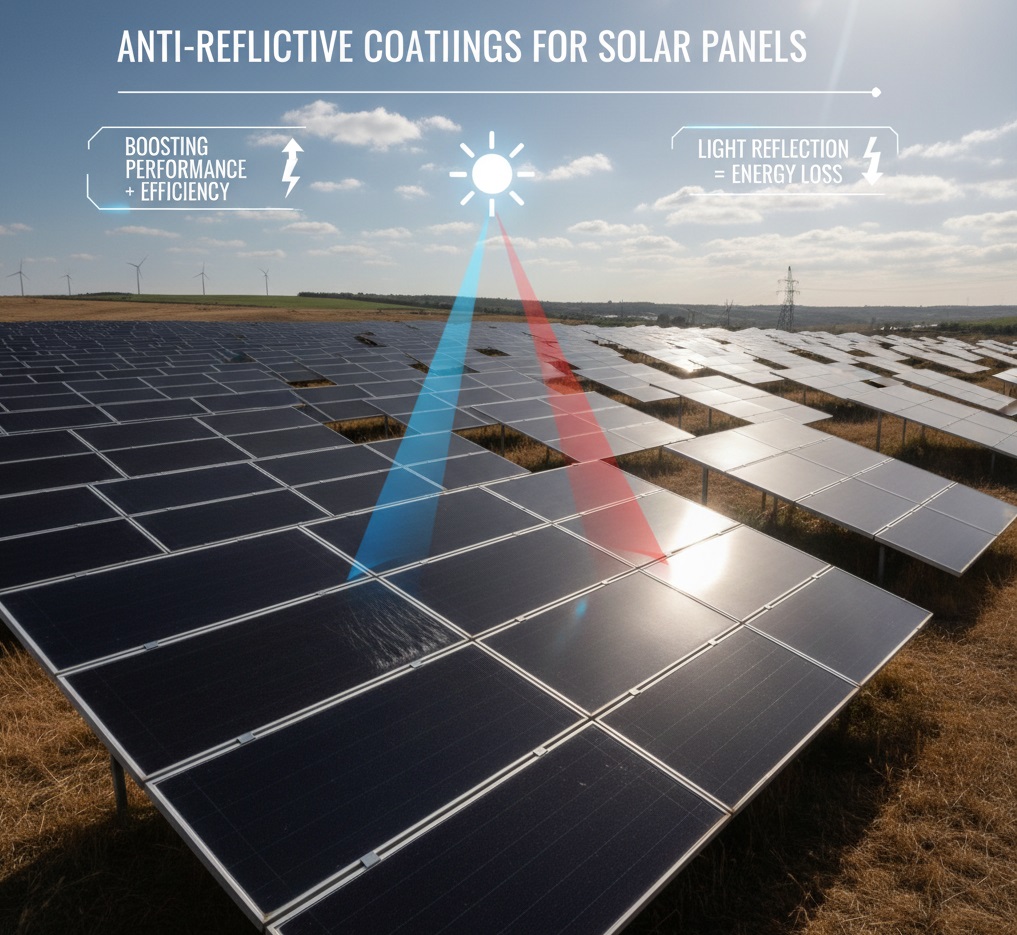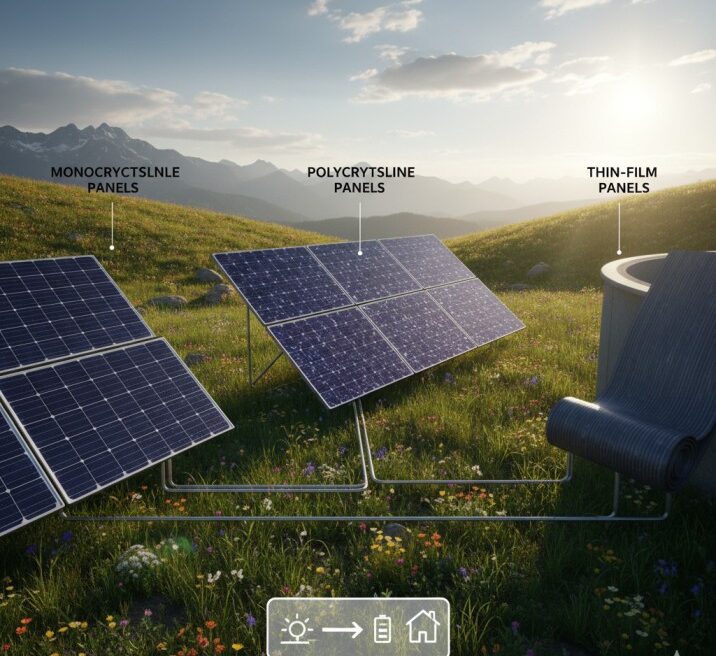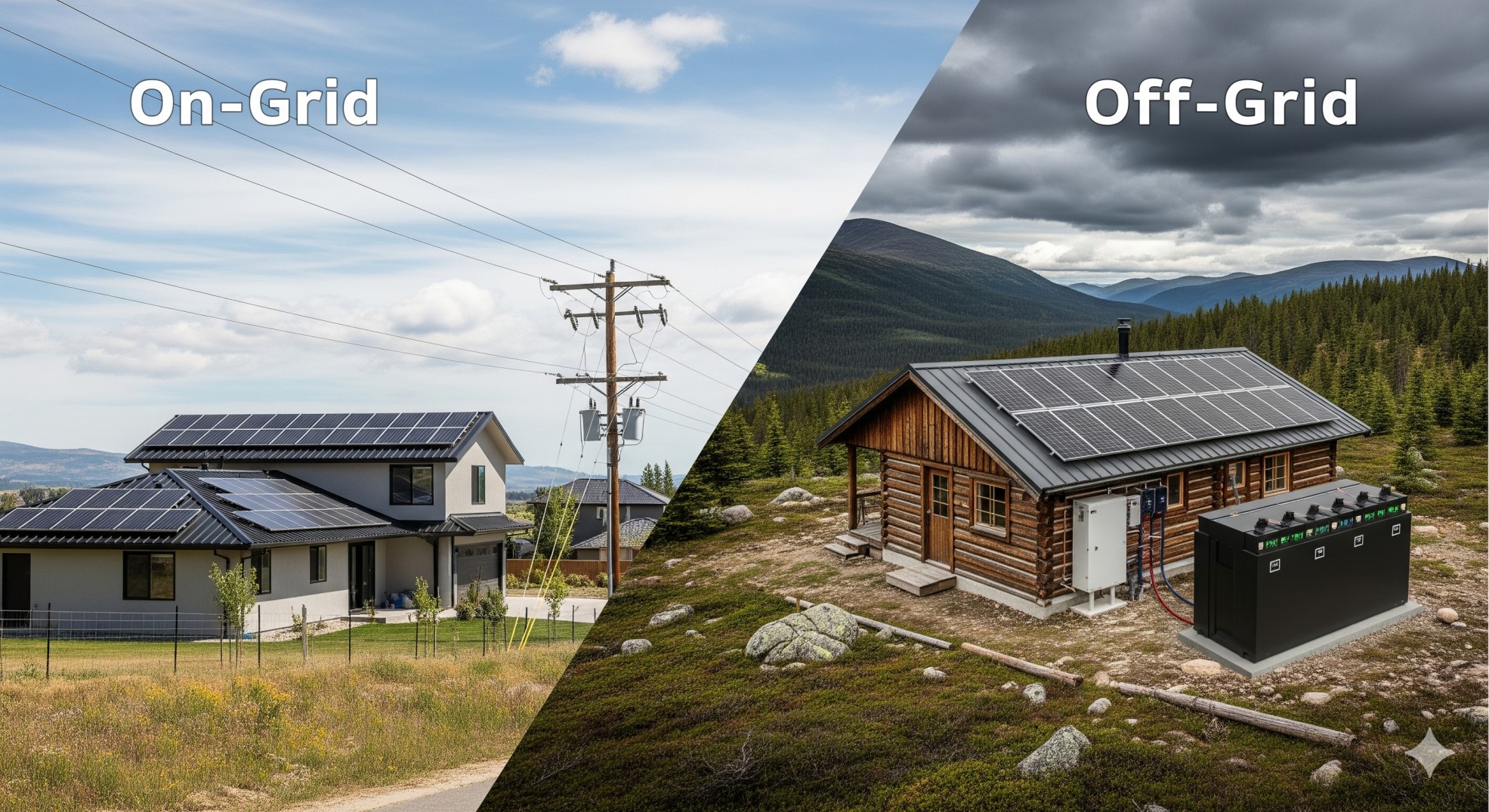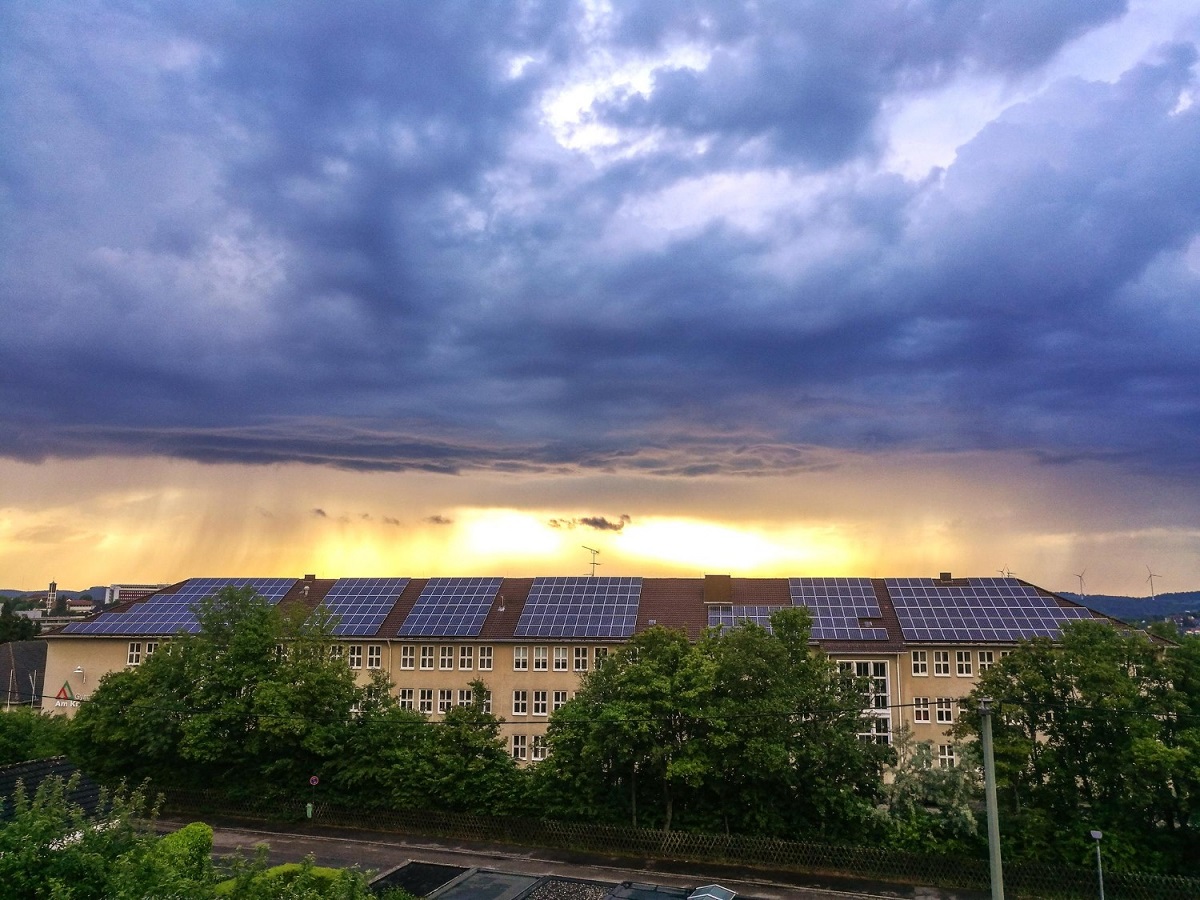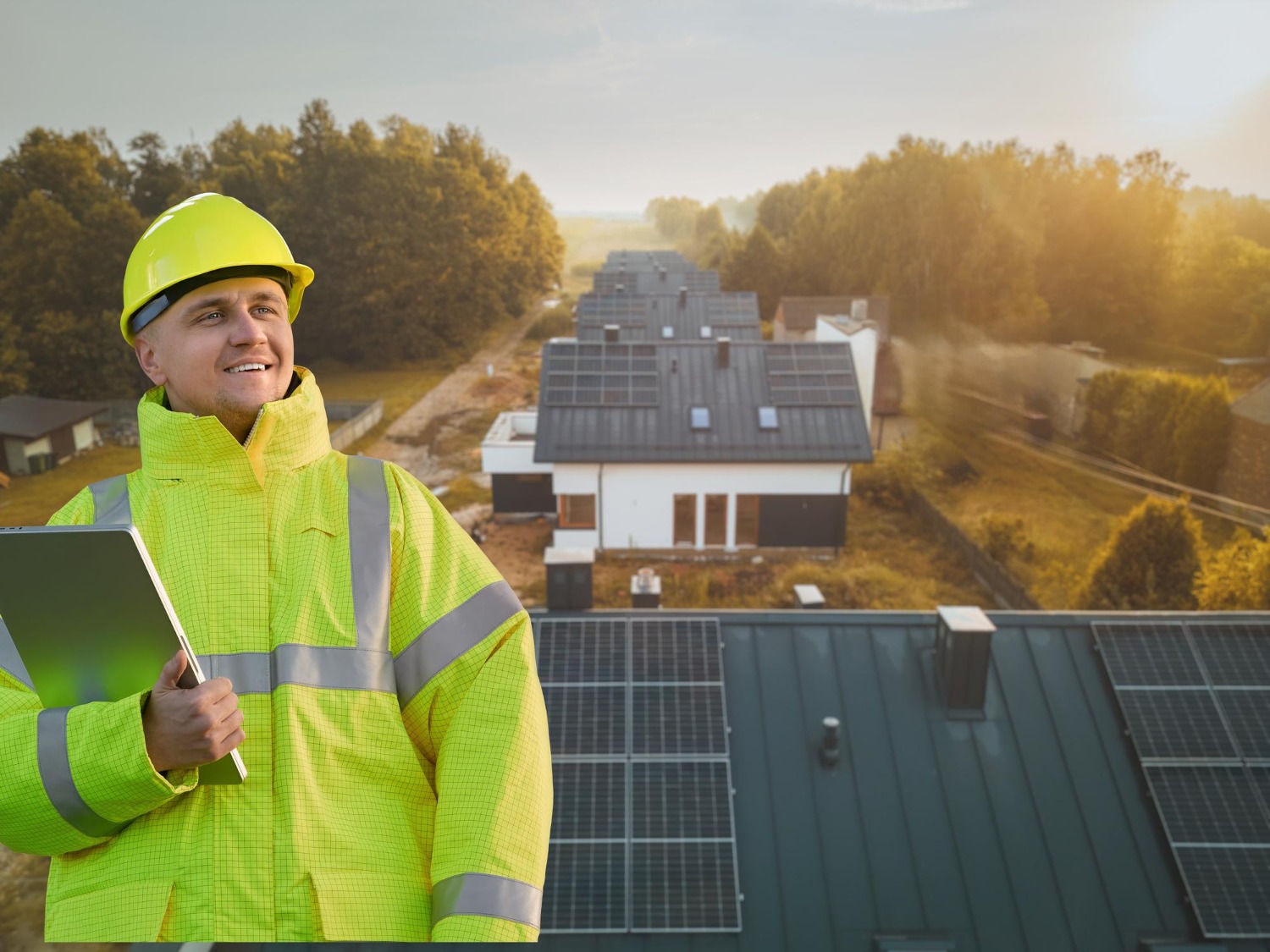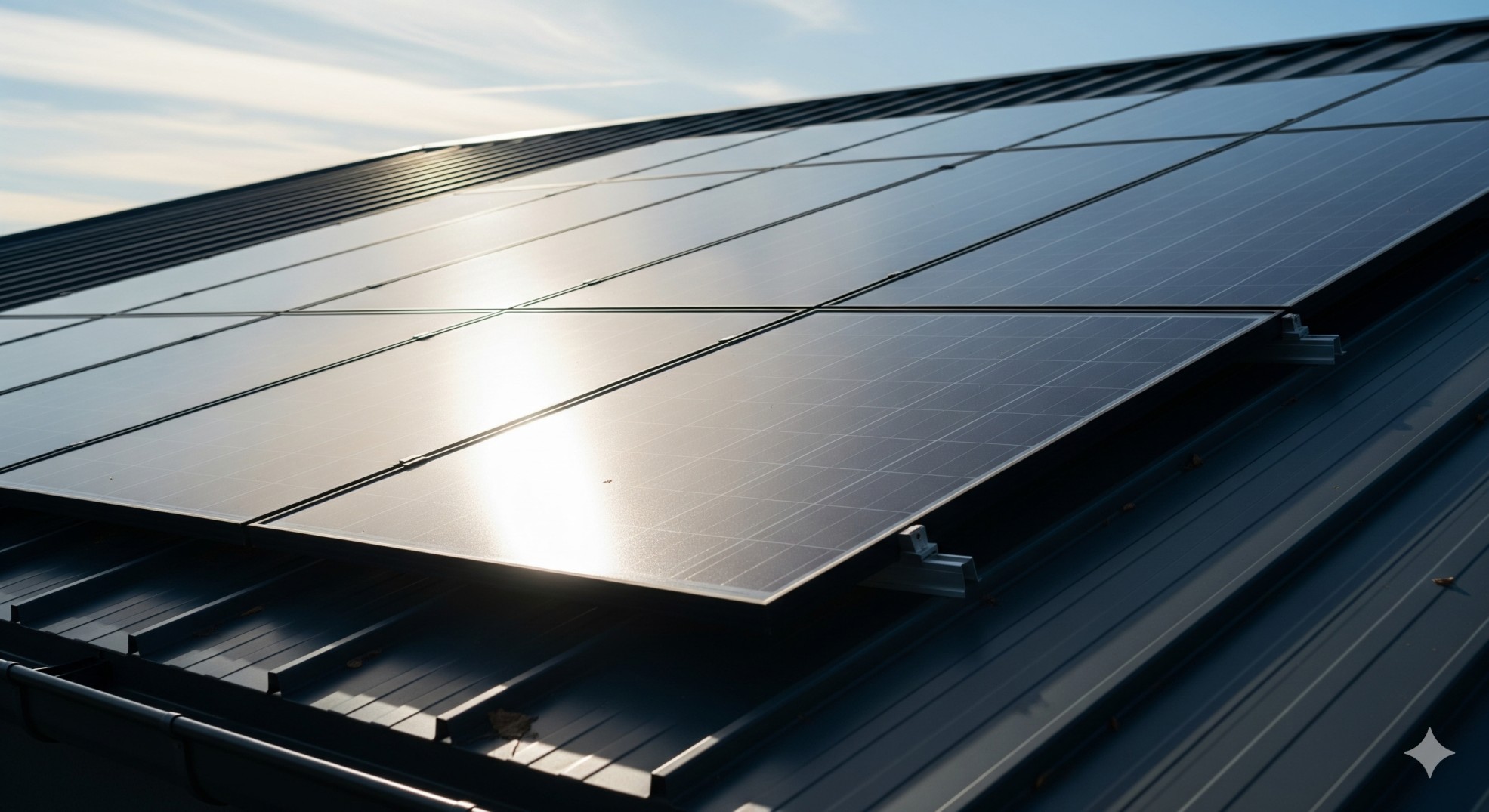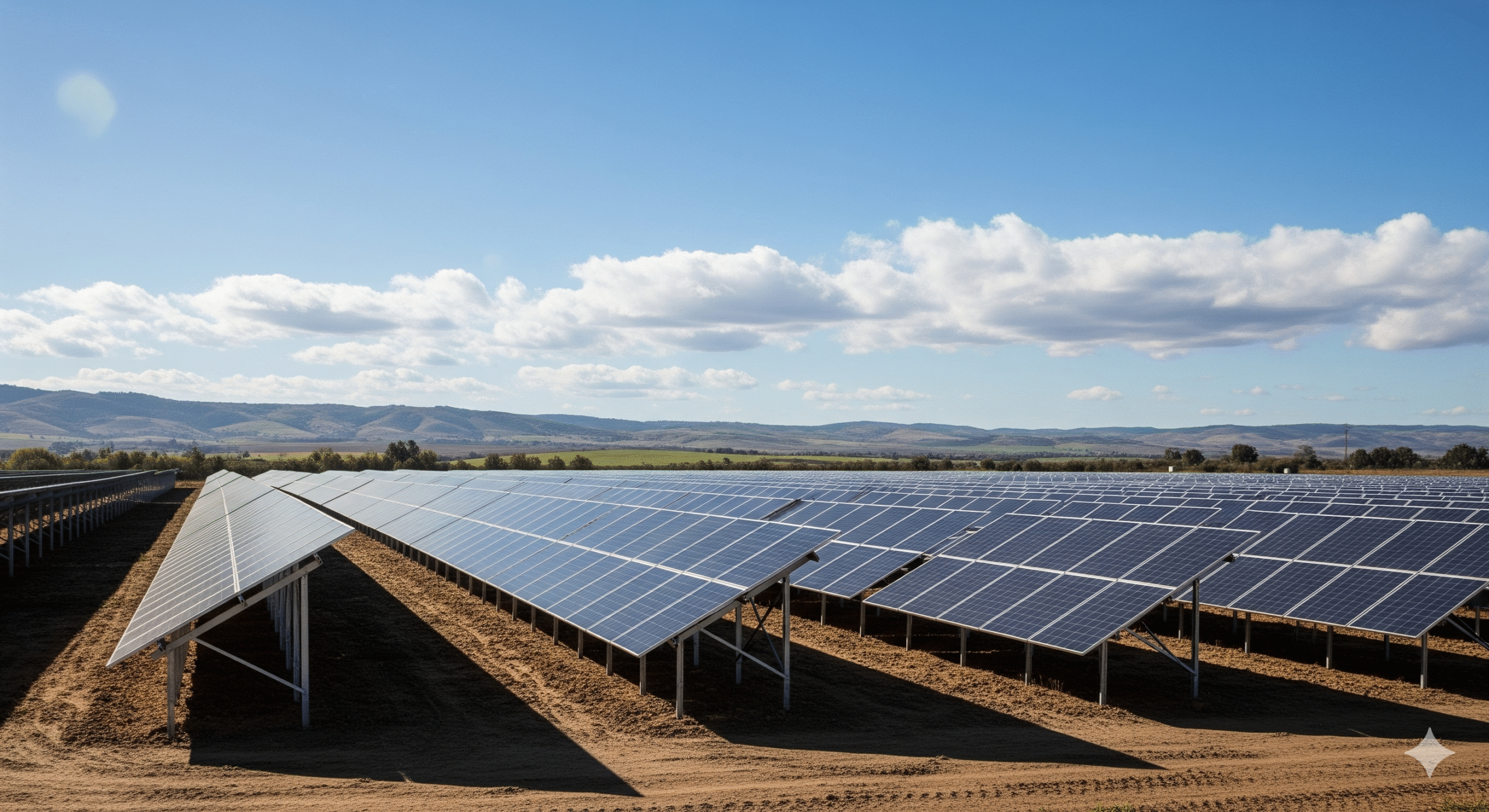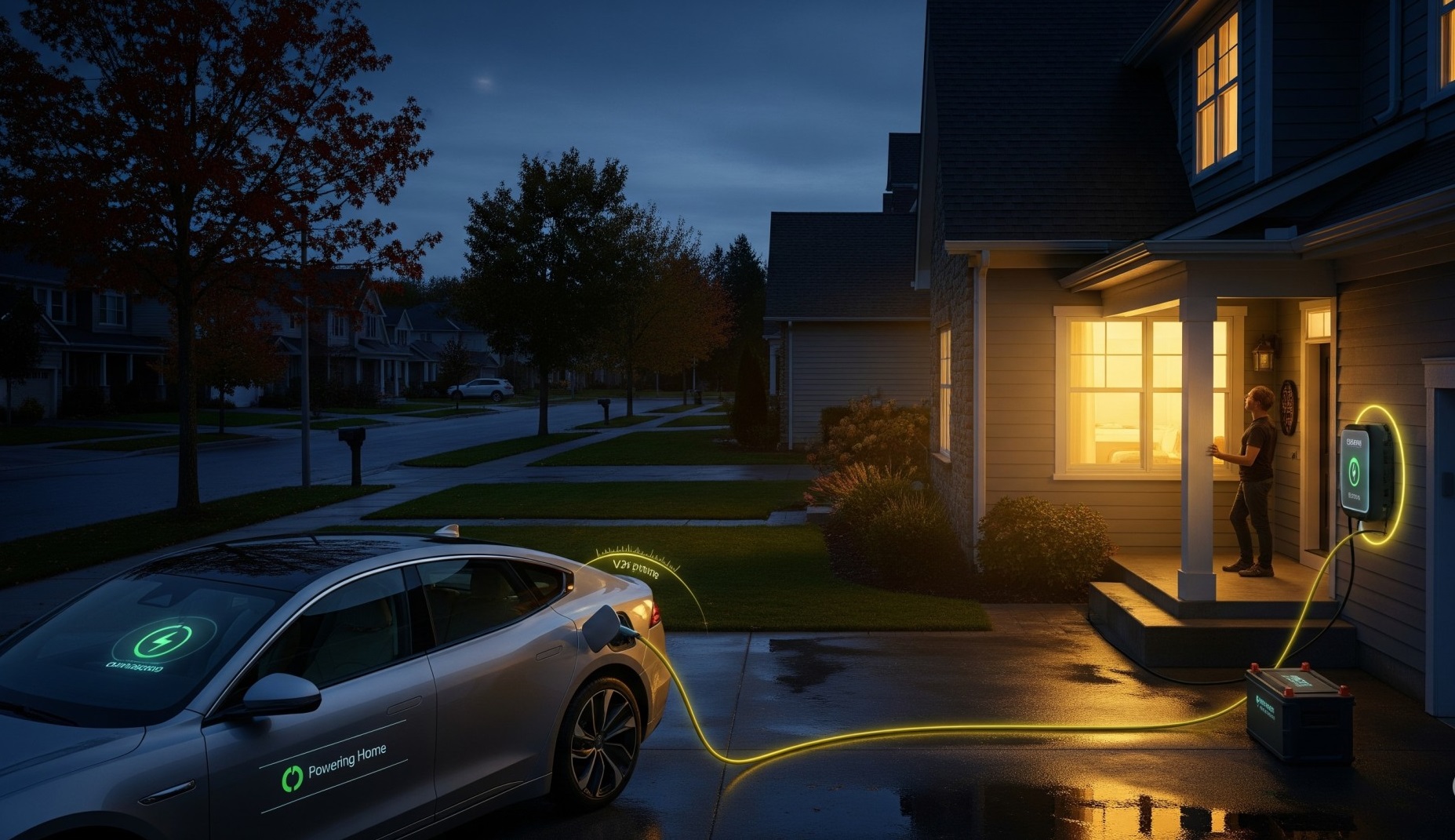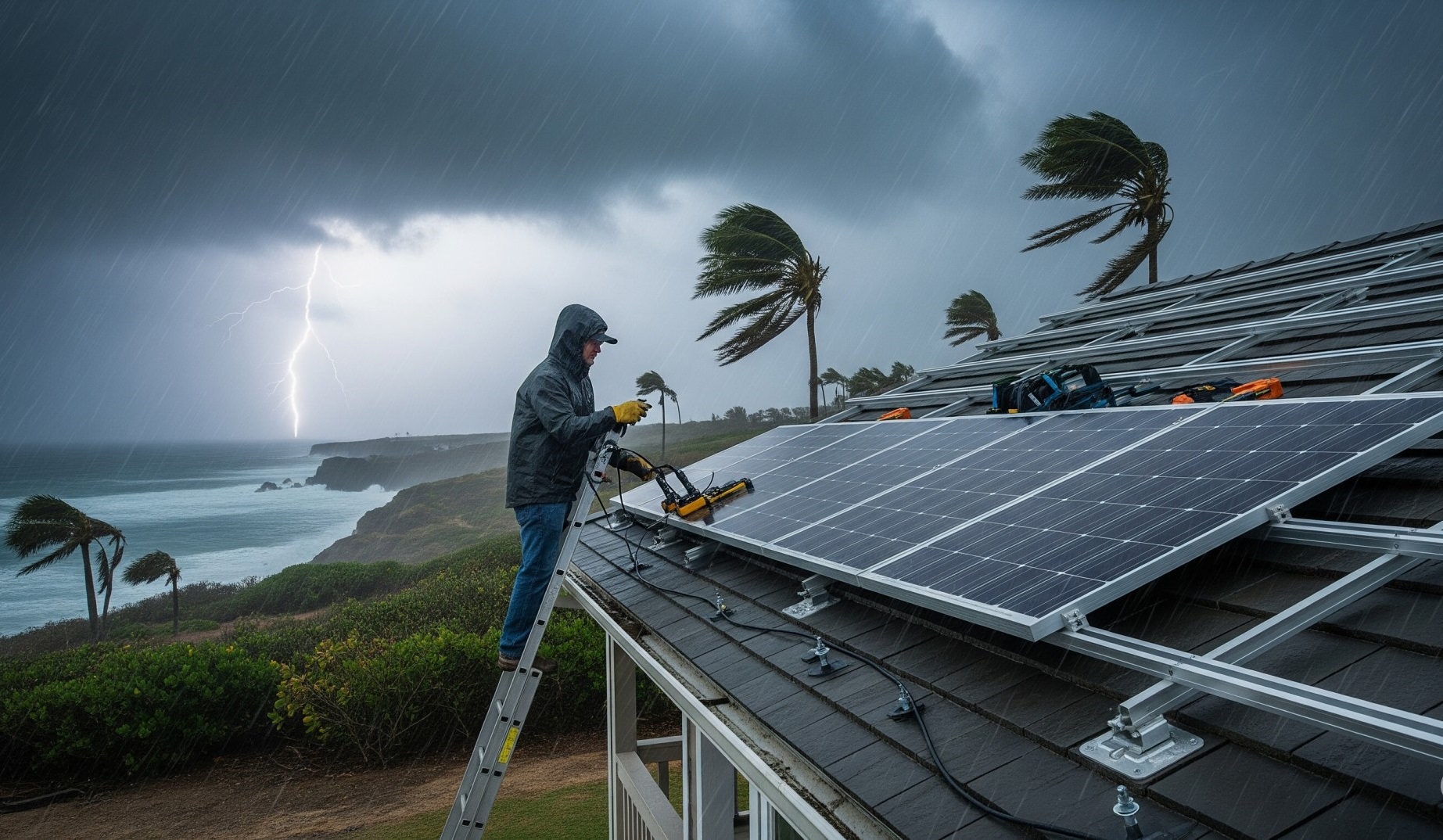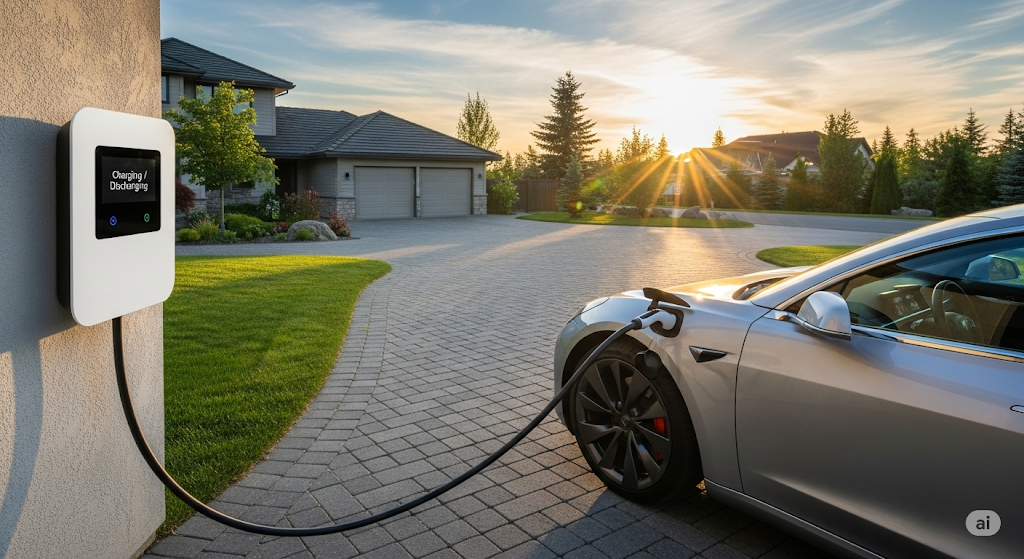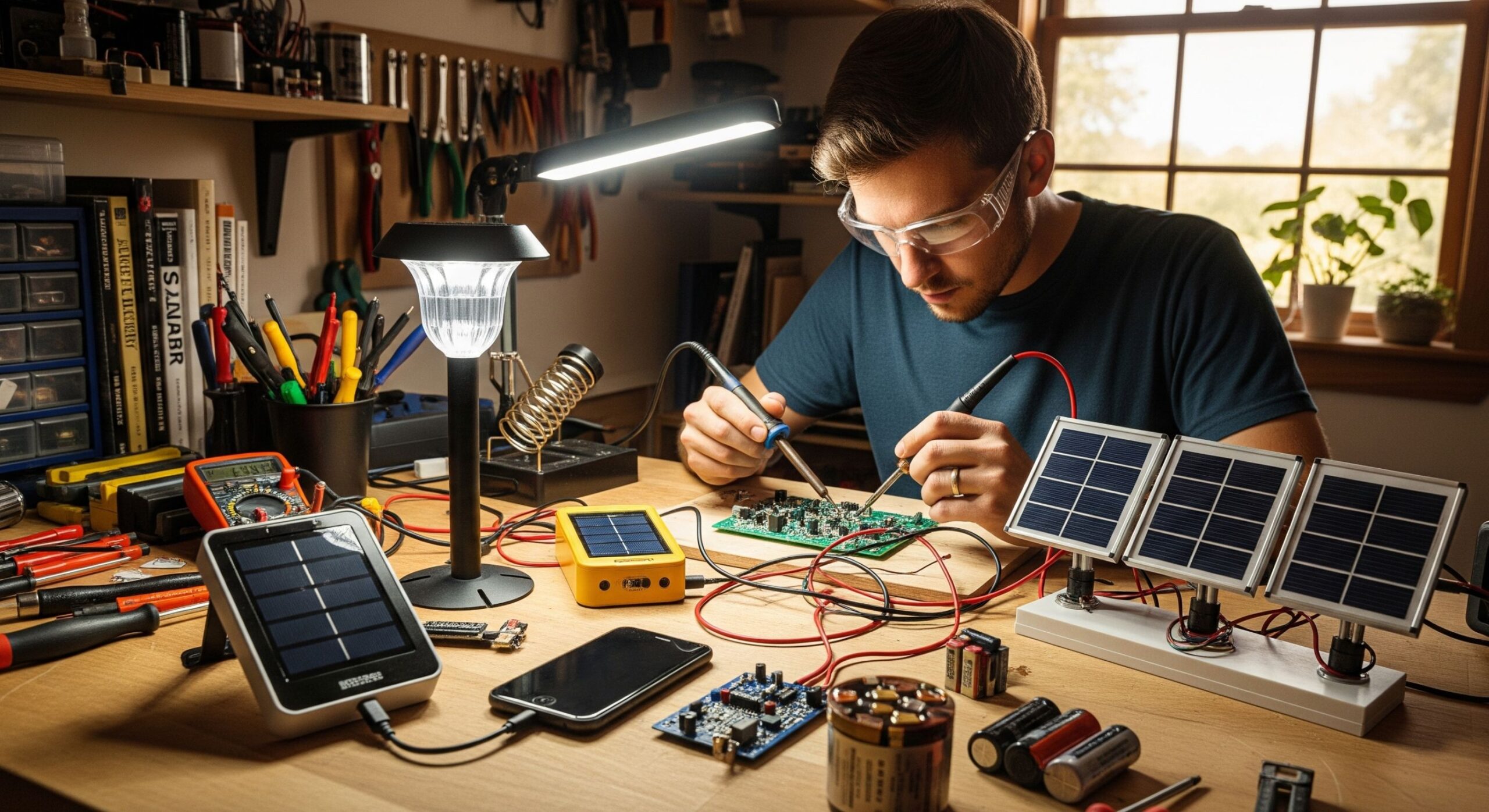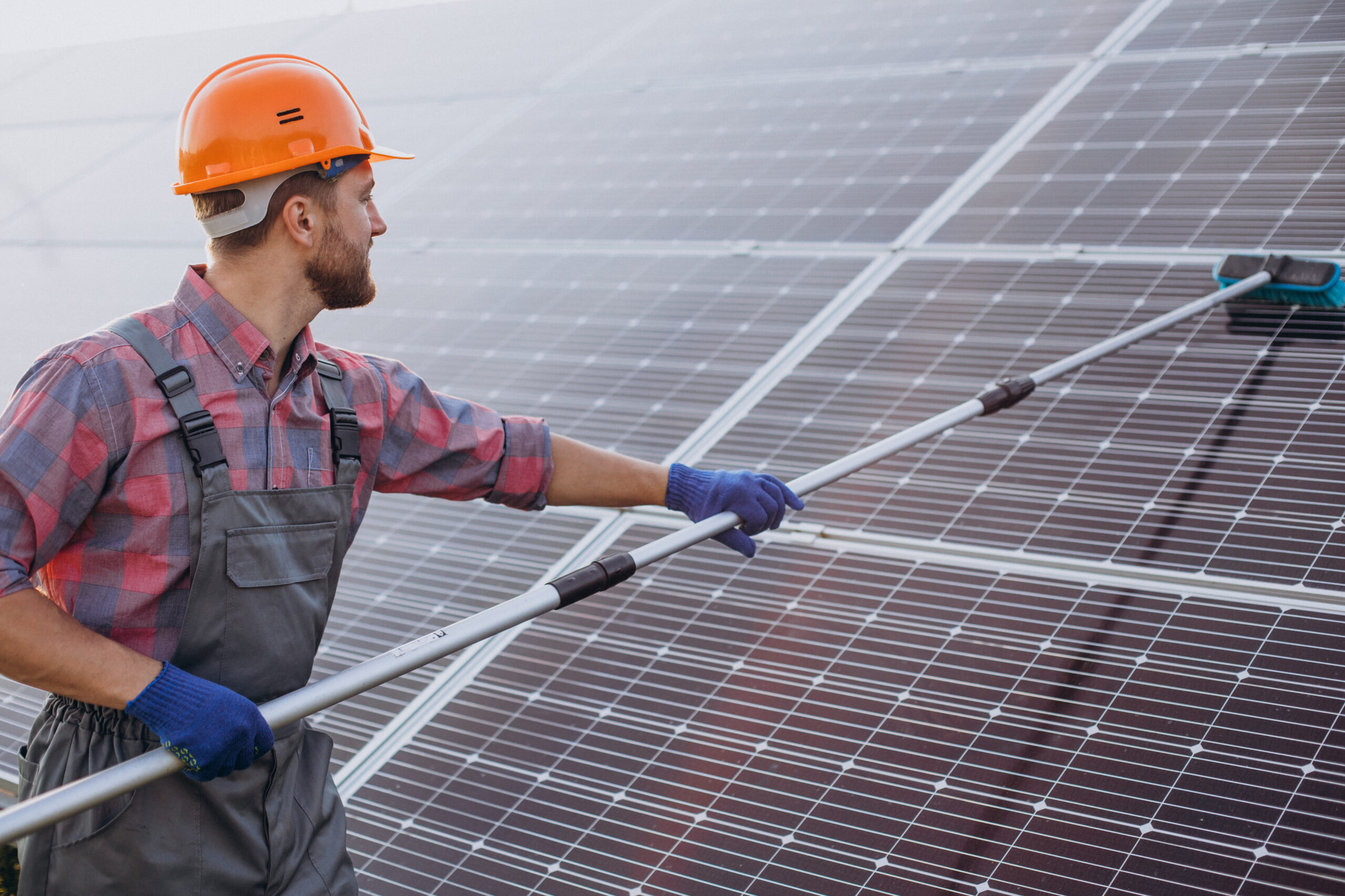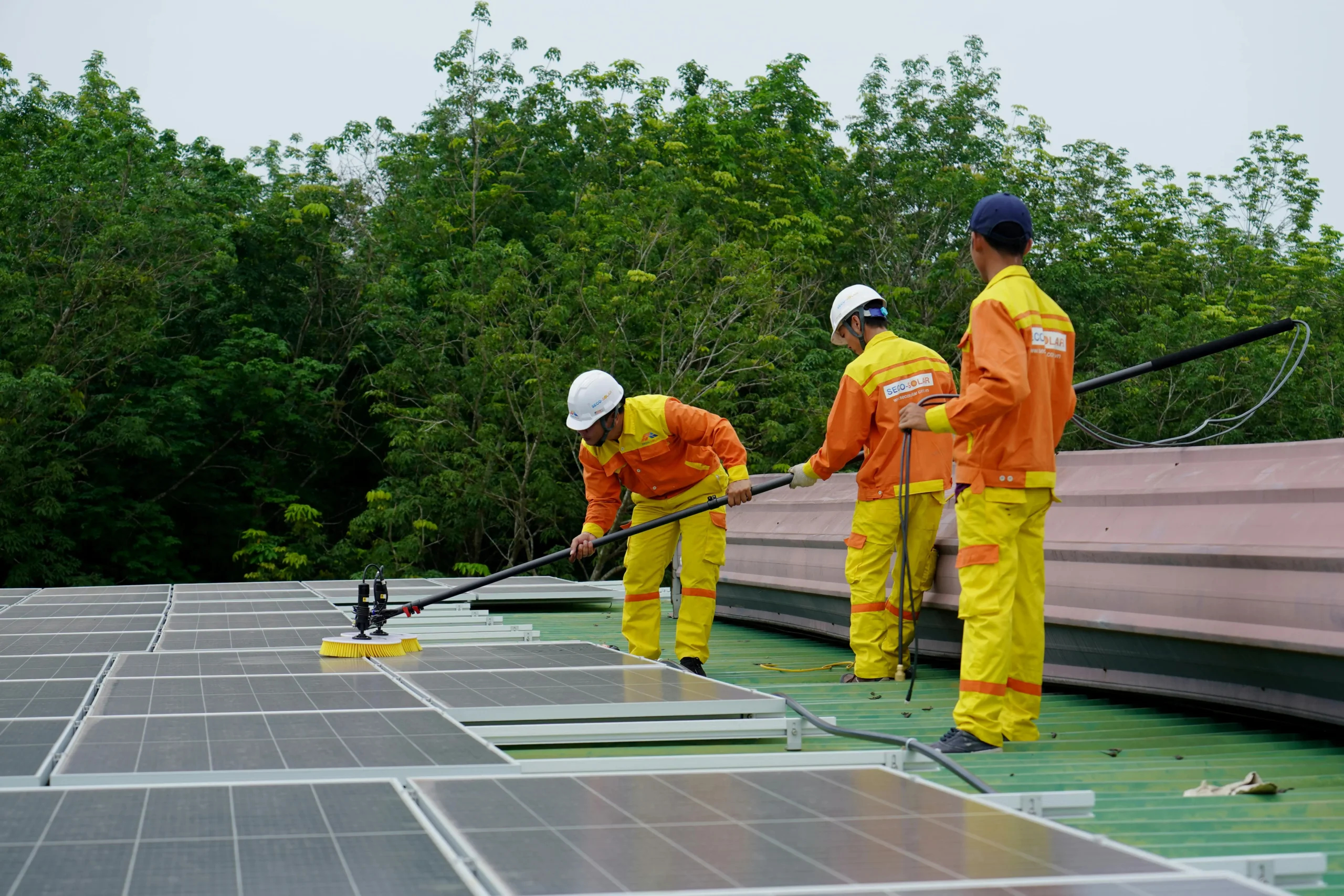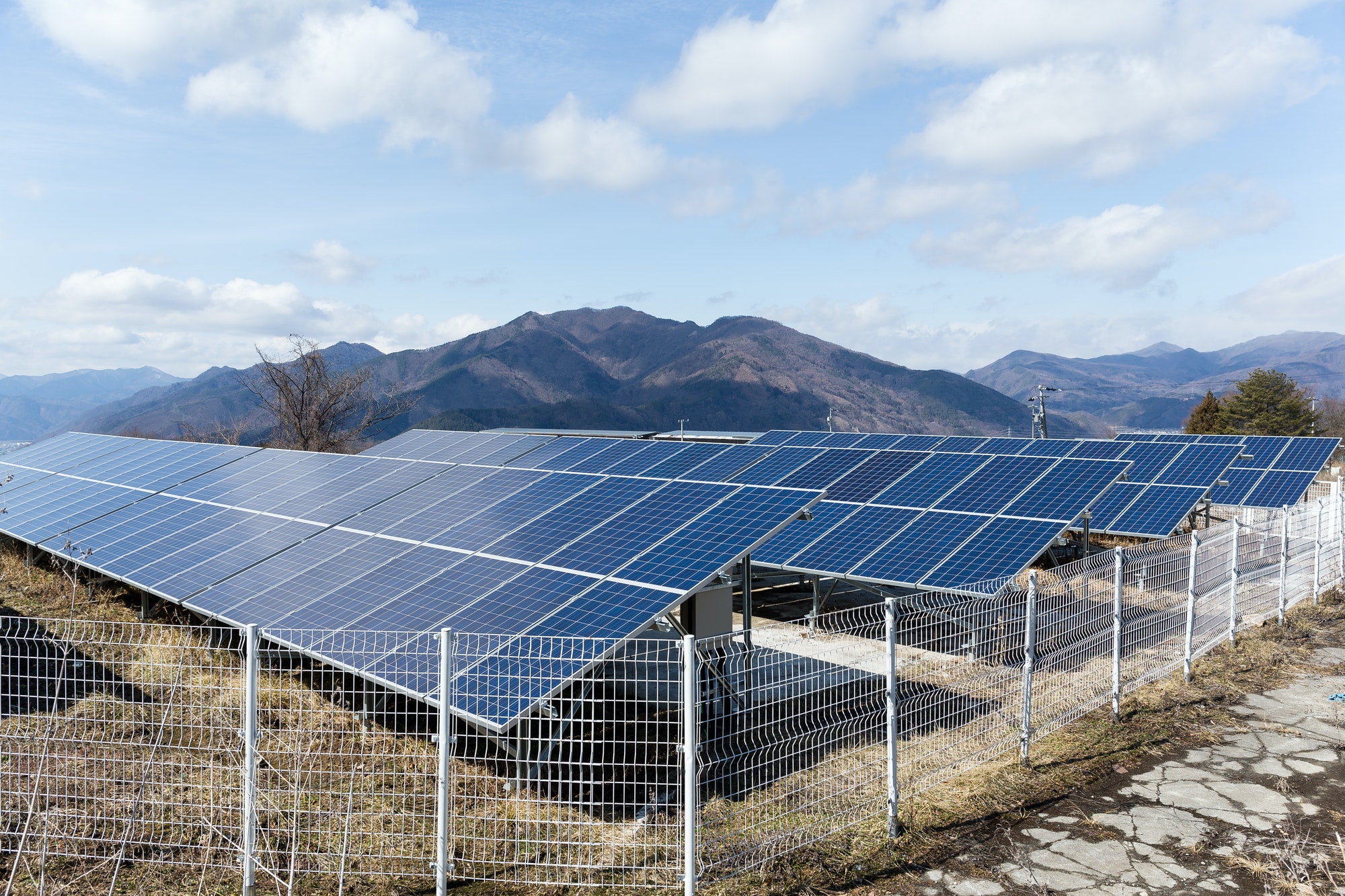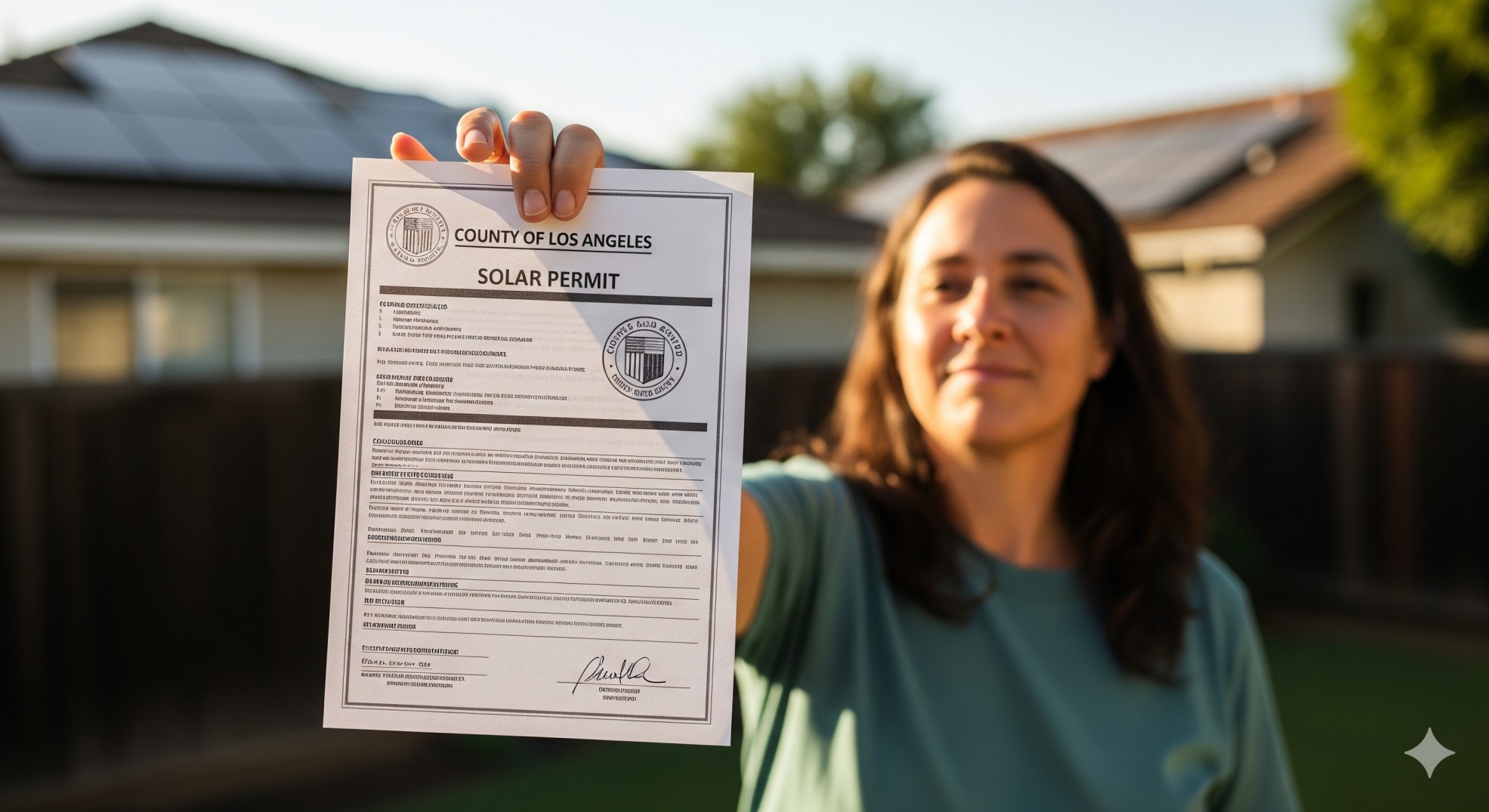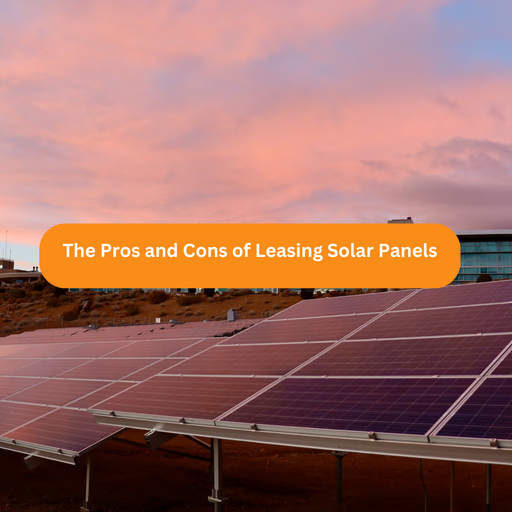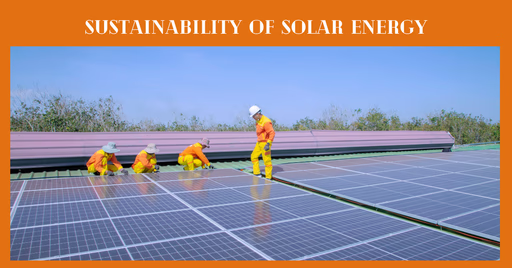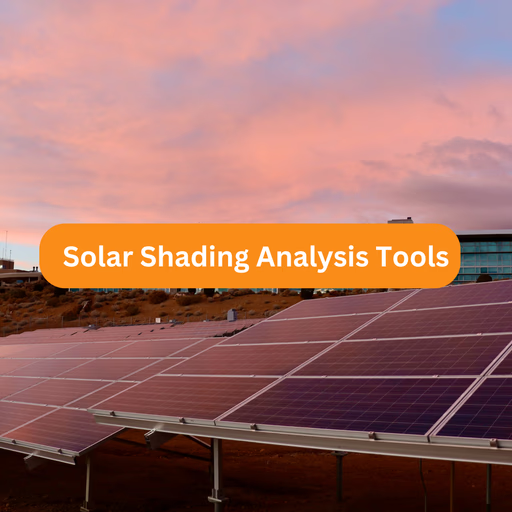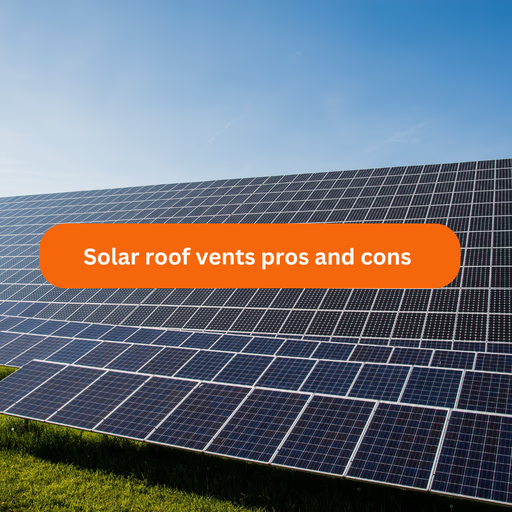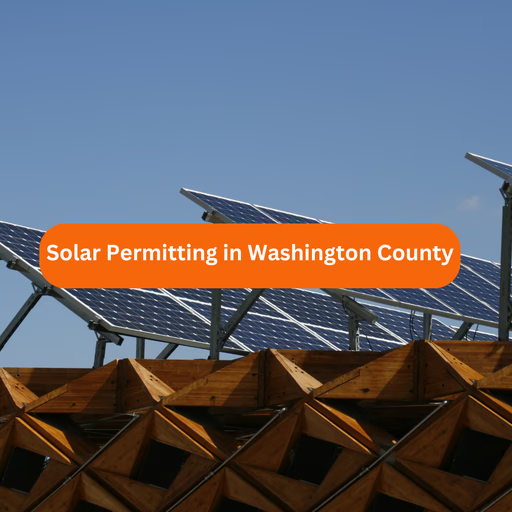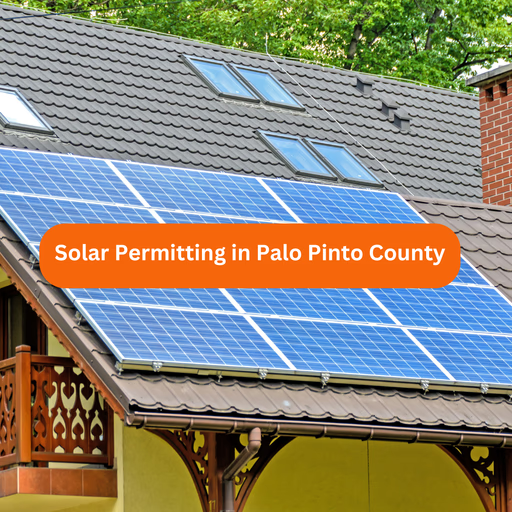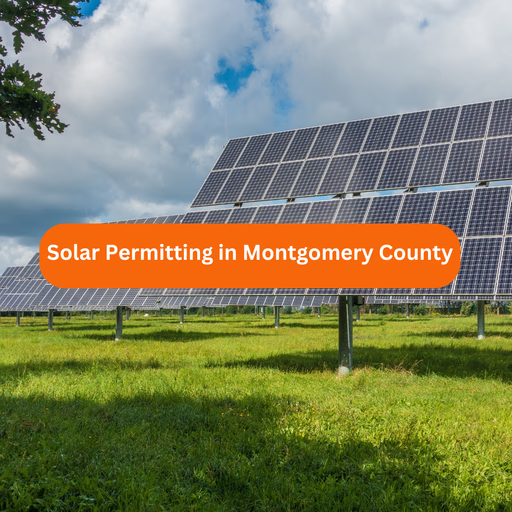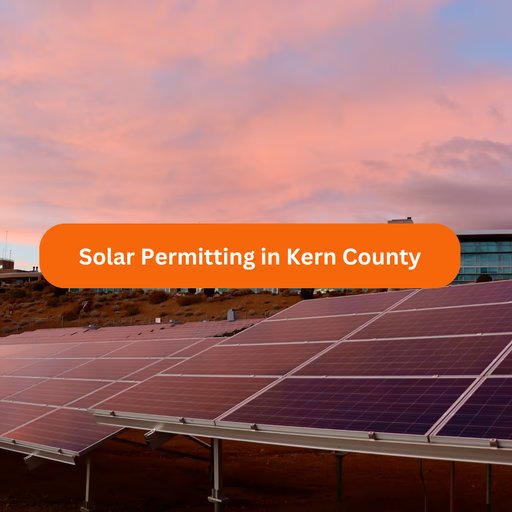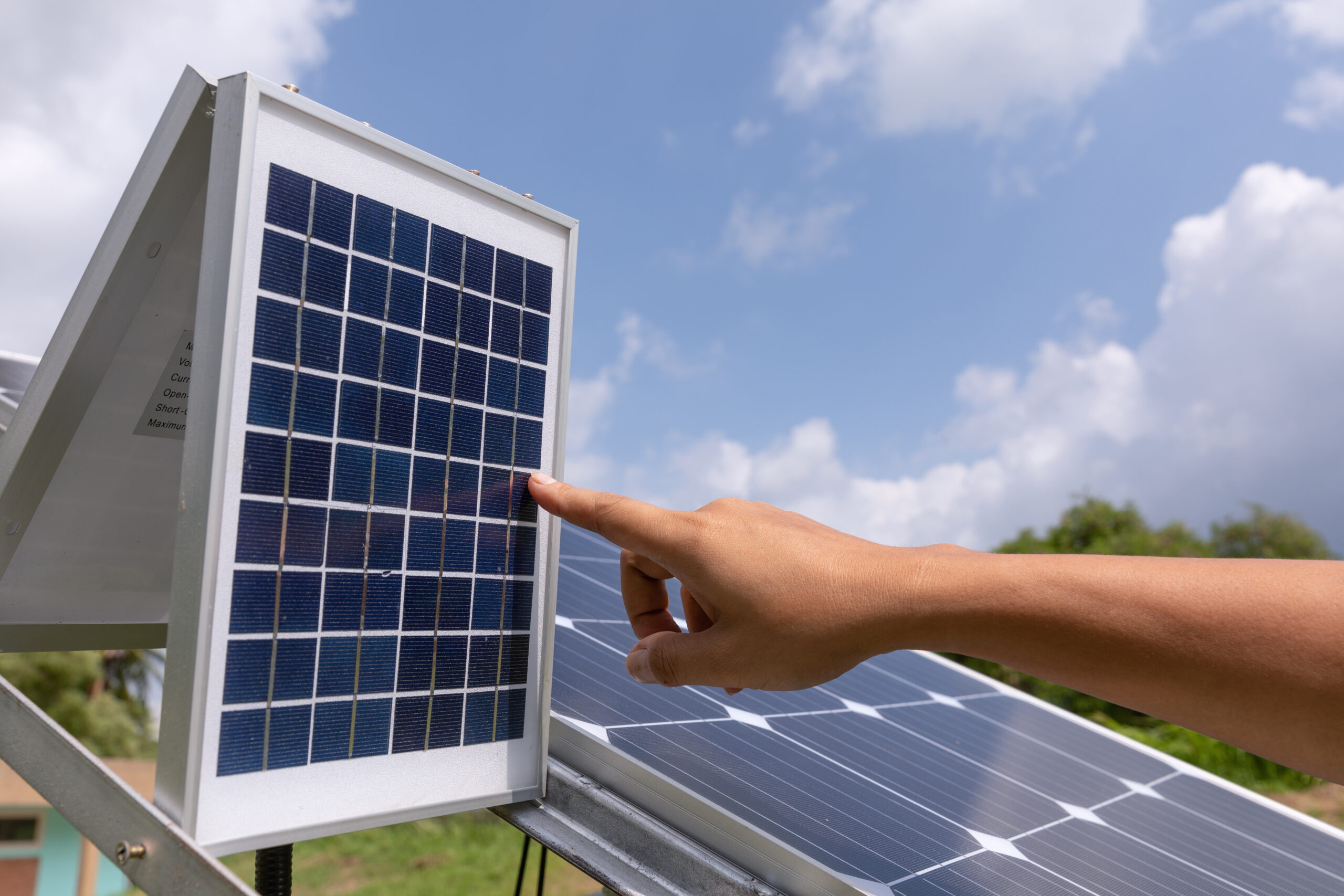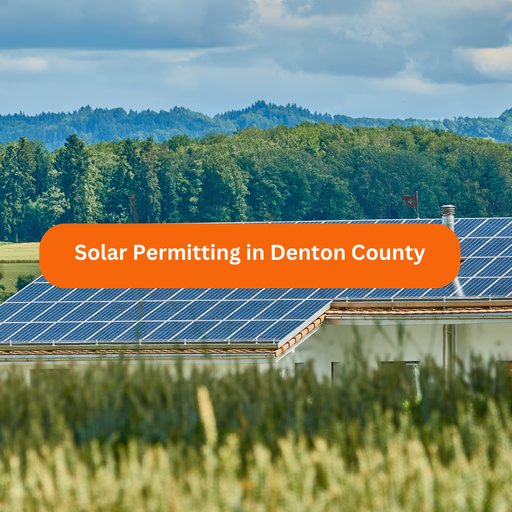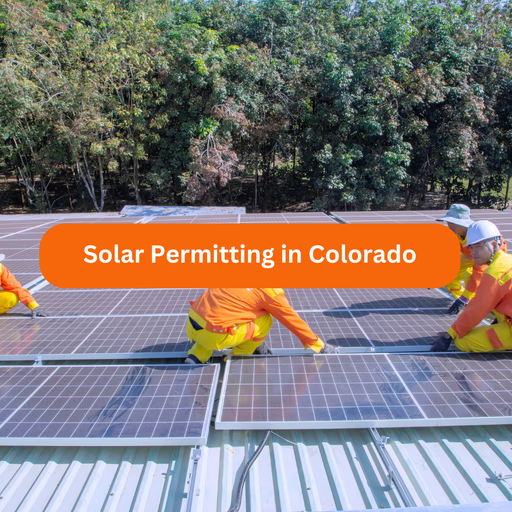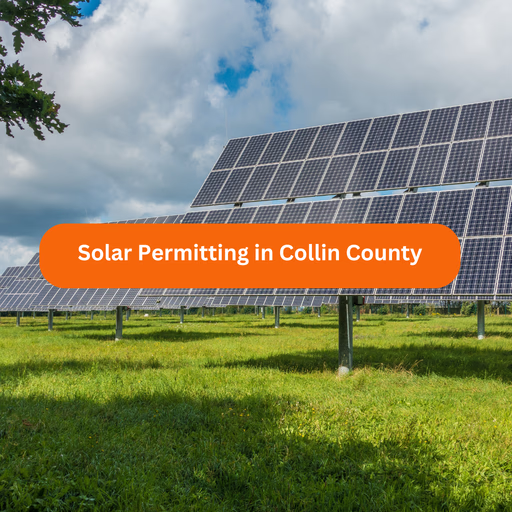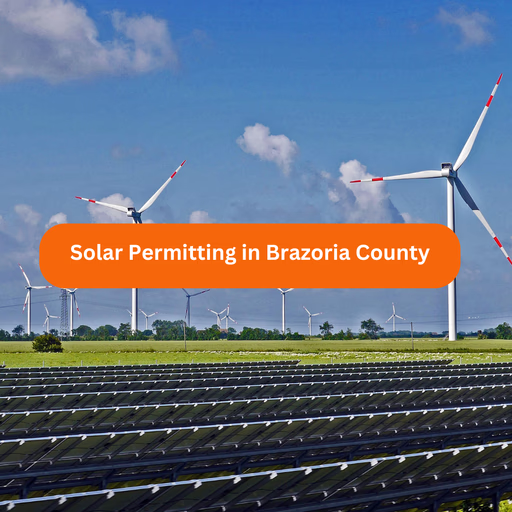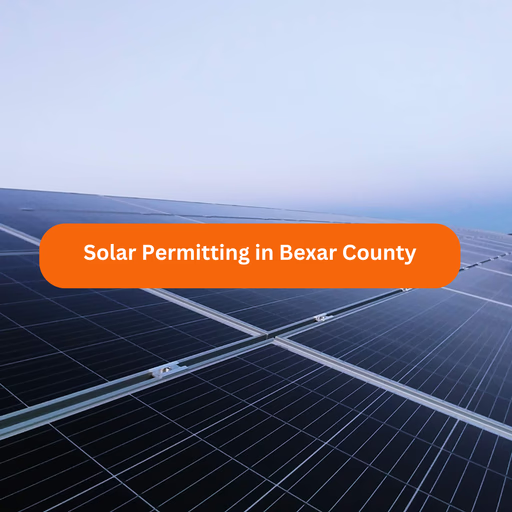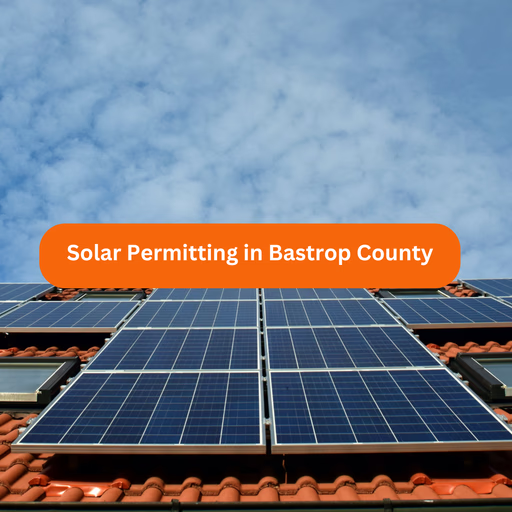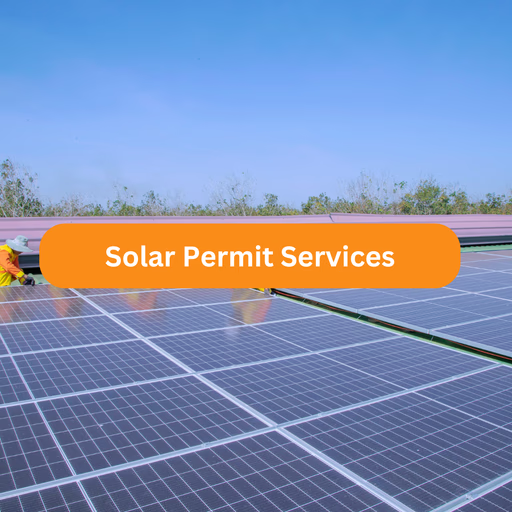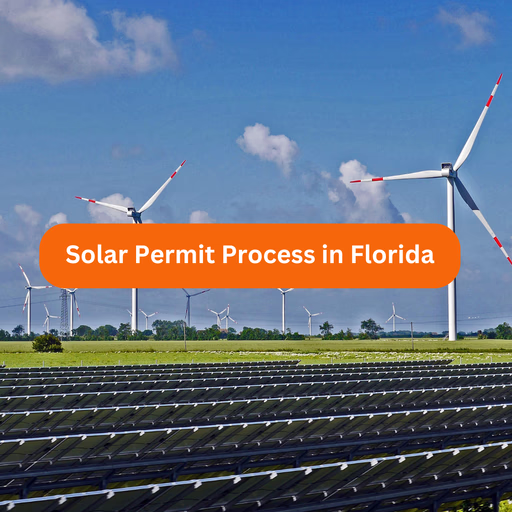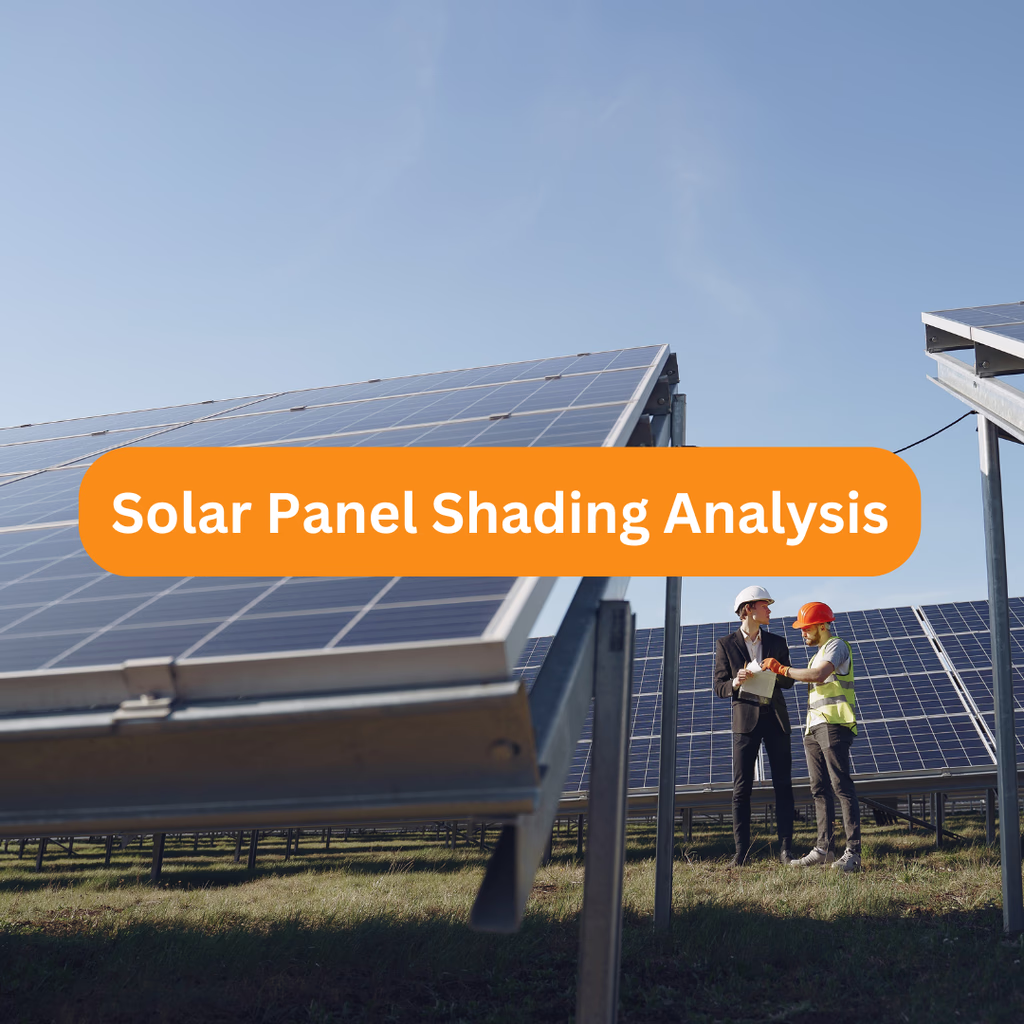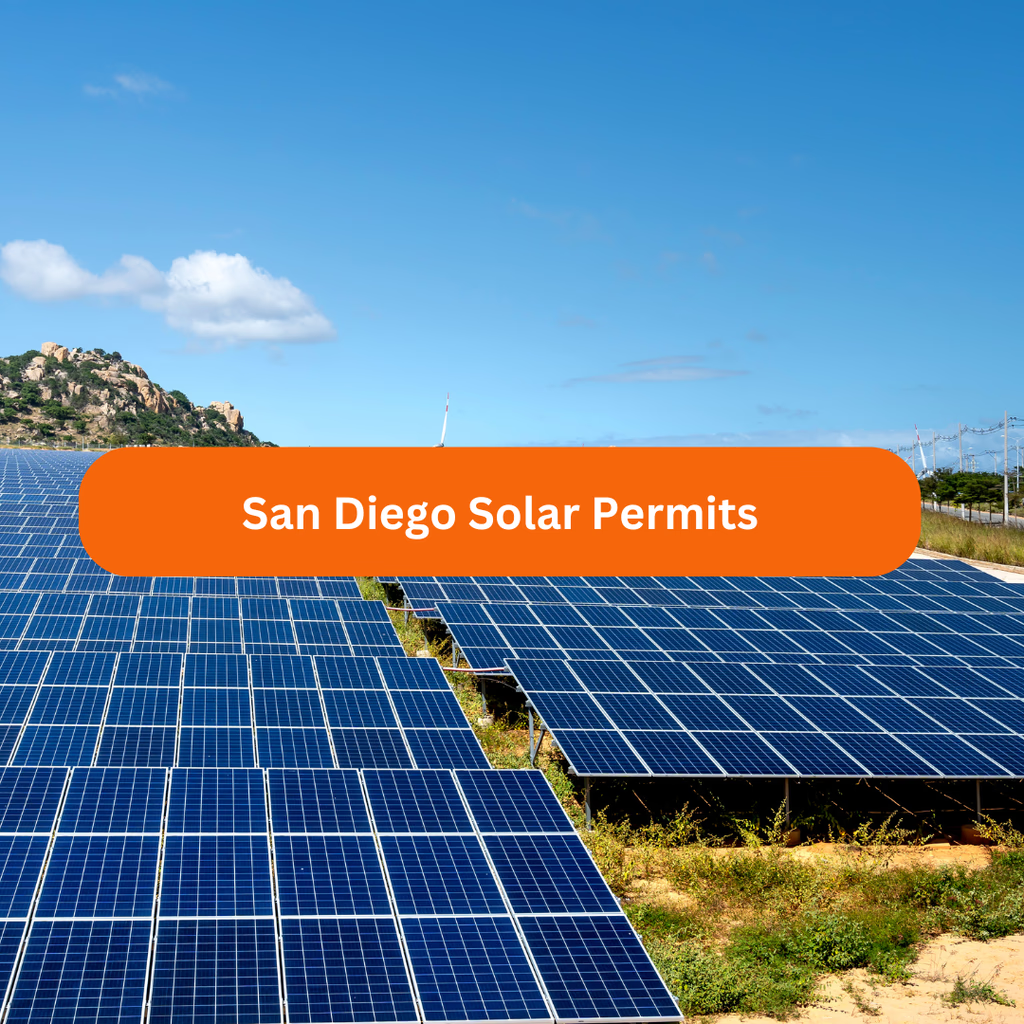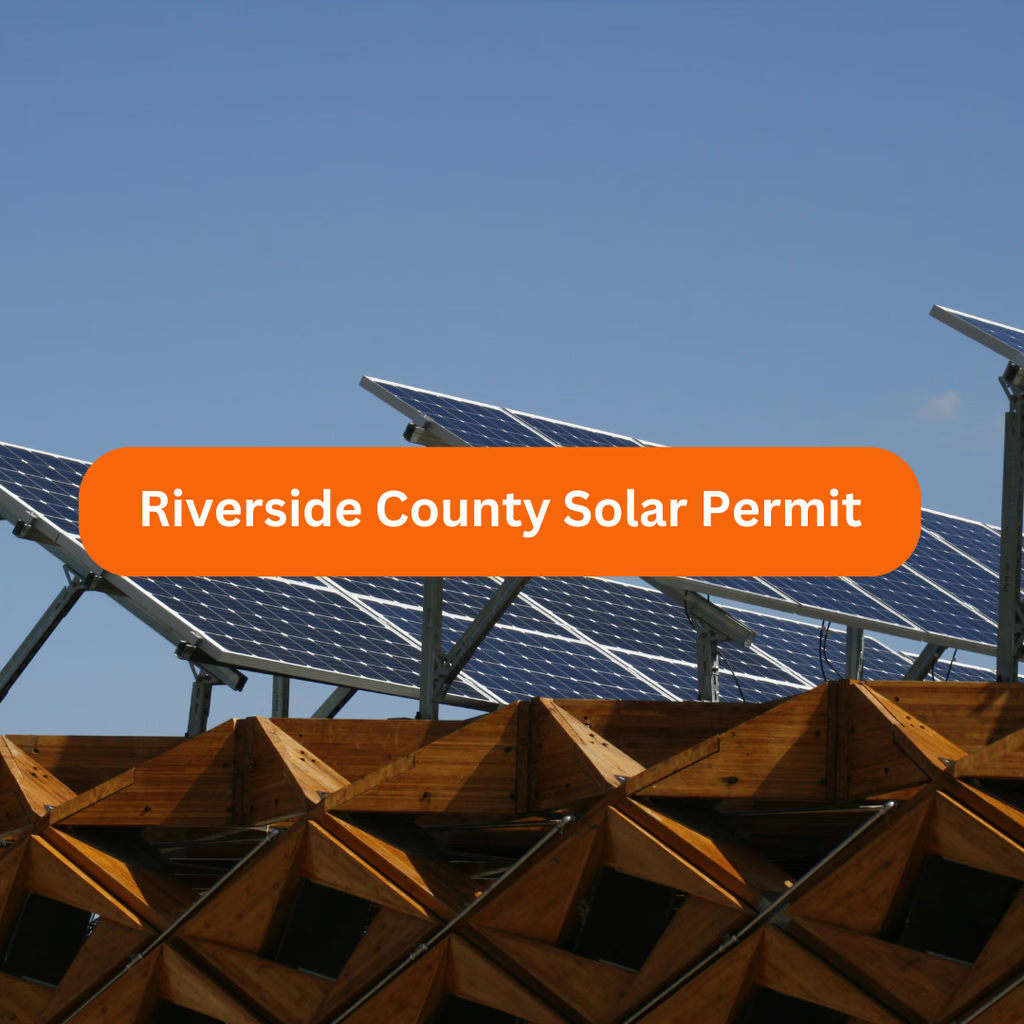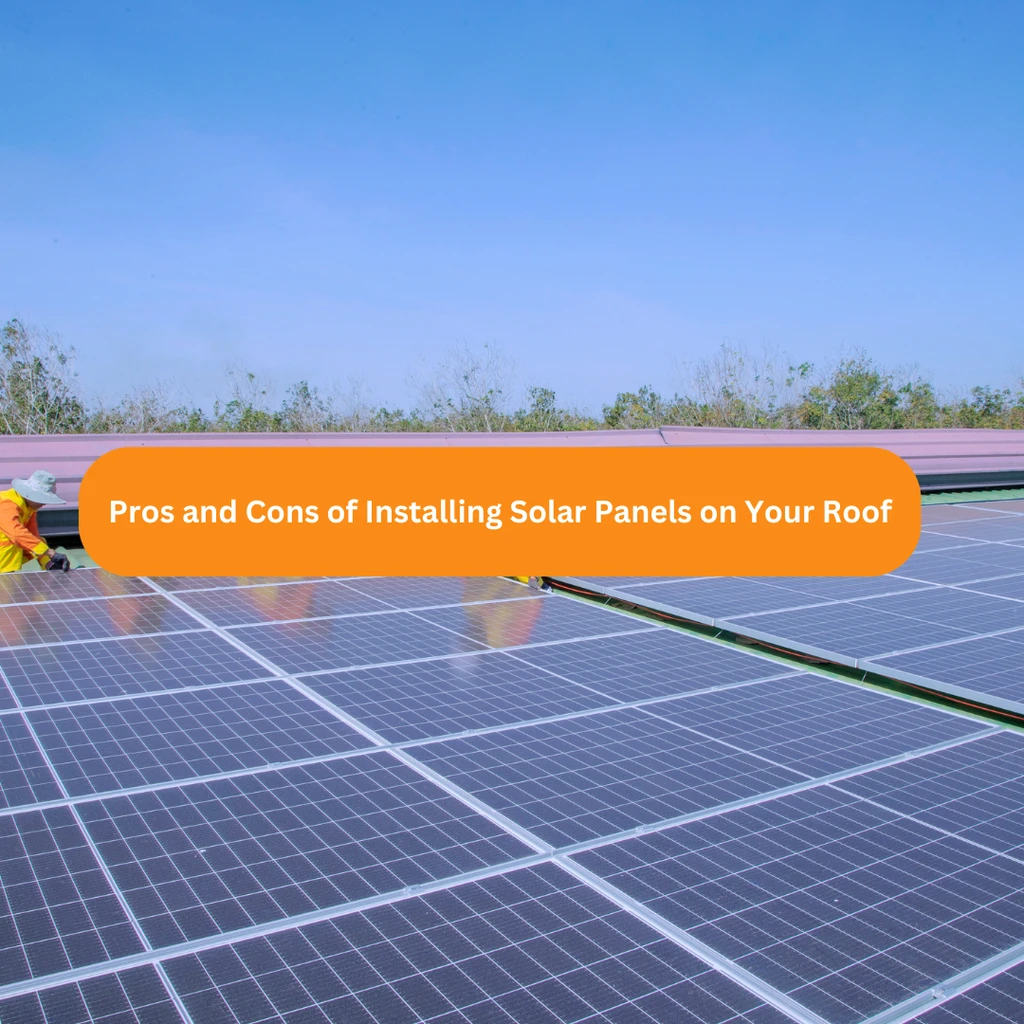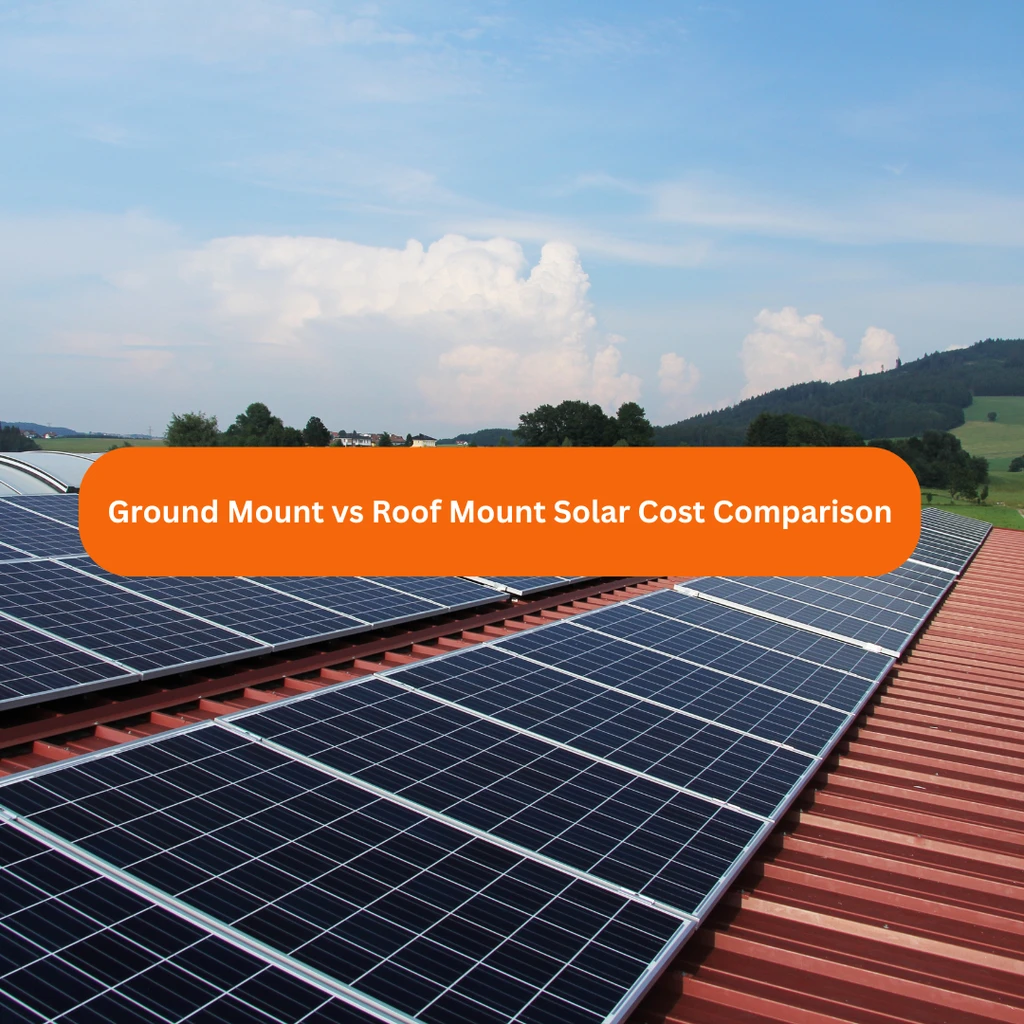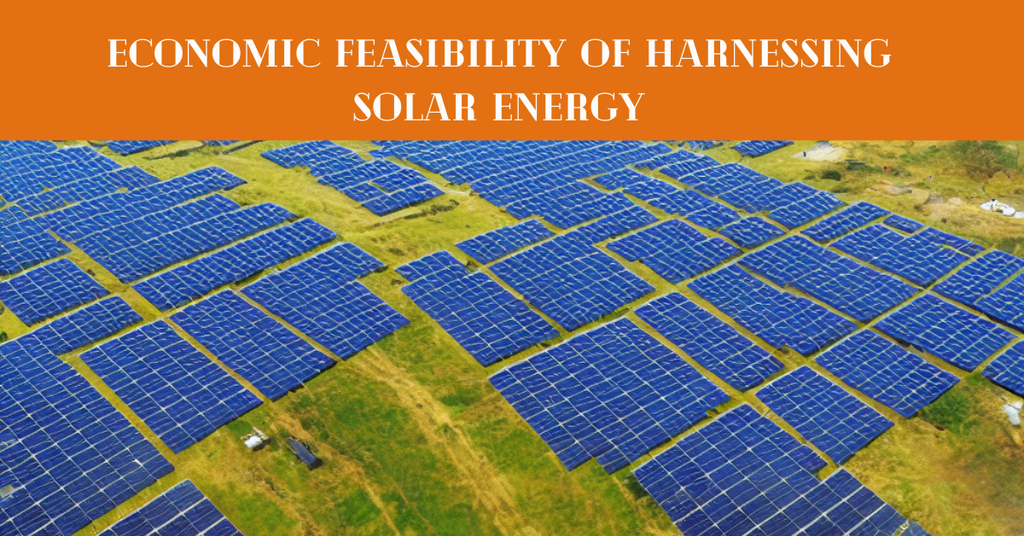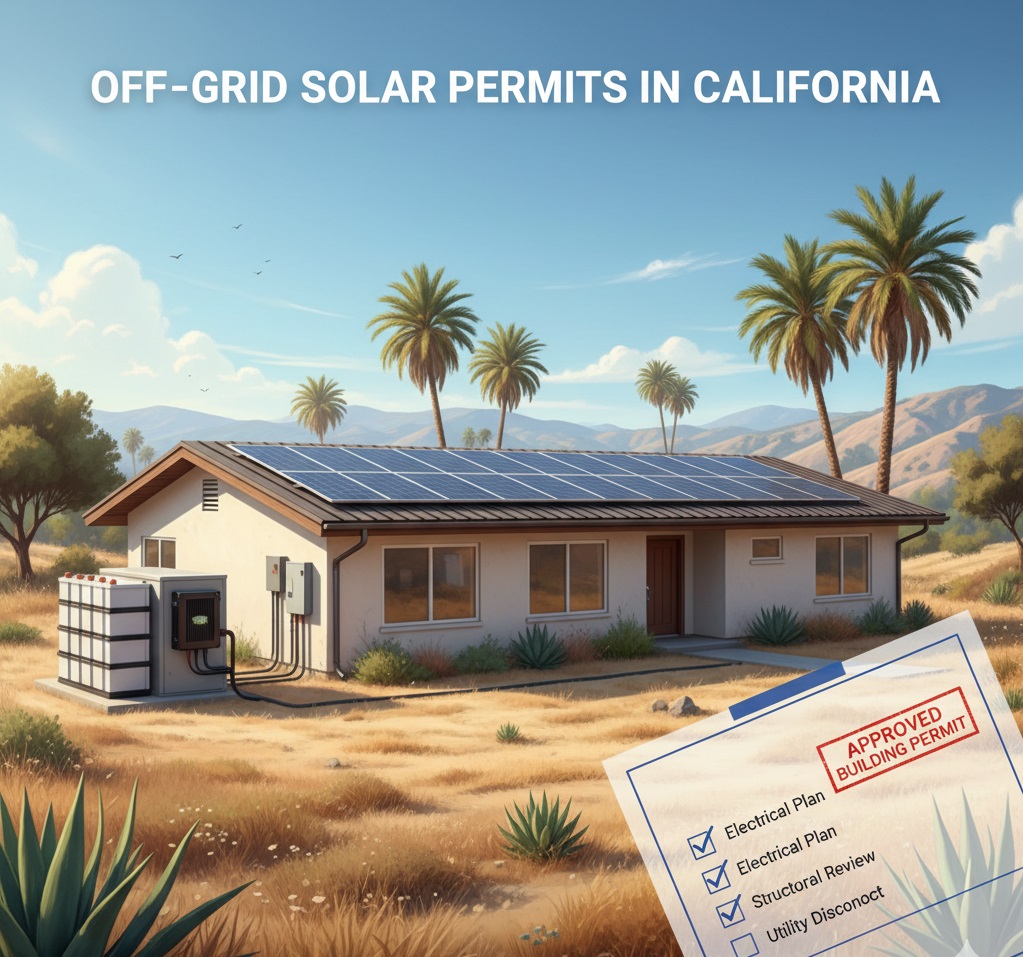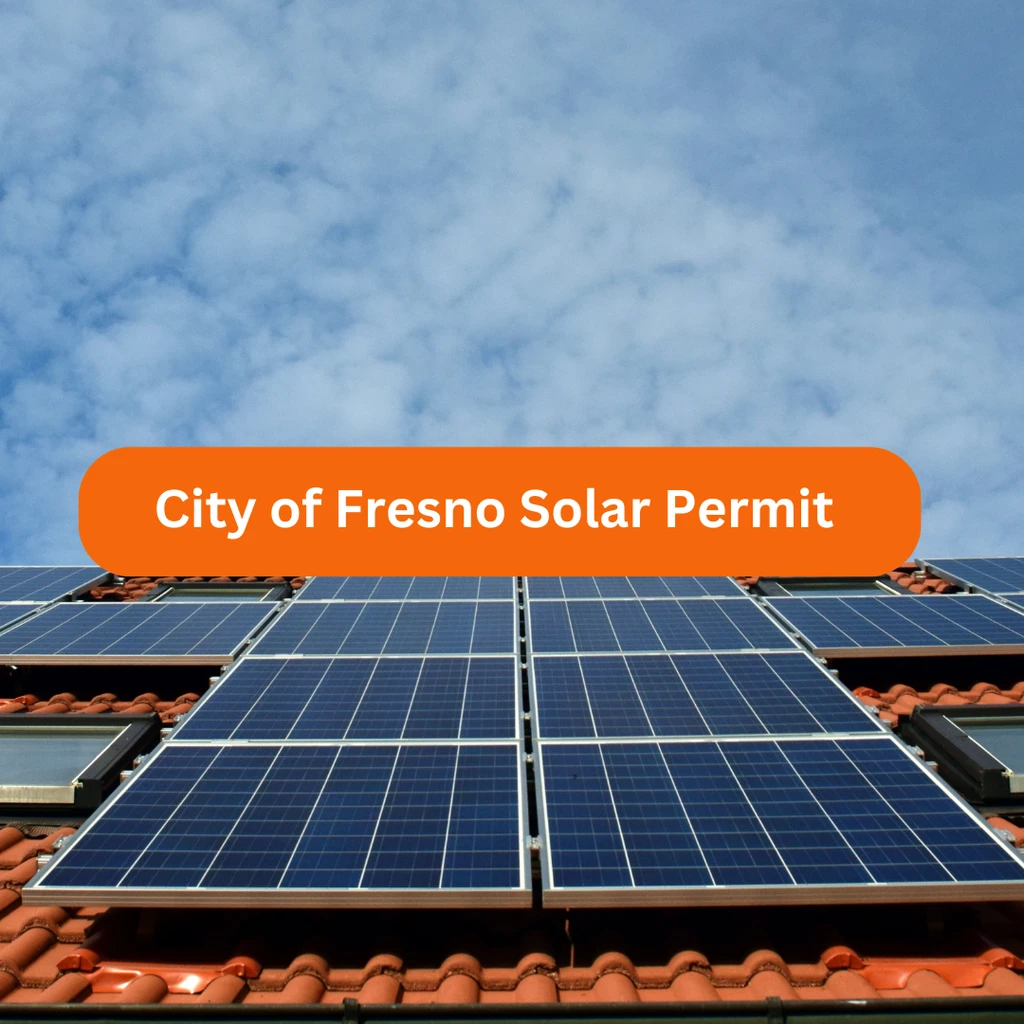China is pushing the boundaries of clean energy — both geographically and technically. In Gonghe County, Qinghai Province, high up on the Tibetan Plateau, the Chinese government is rolling out a massive solar farm project covering about 162 square miles (≈ 420 square kilometers). This project, often referred to as part of the Talatan Solar Park cluster, is drawing attention for its size and the specific reasons behind choosing such a remote, high-altitude location.
Here’s a deeper look at what’s happening, why they did it, and what lessons it may hold for other clean energy projects.
What the Numbers Tell Us
- The site sits nearly 10,000 feet (≈ 3,000 meters) above sea level, where the air is thinner and sunlight more intense.
- “162 square miles” makes the farm about seven times the size of Manhattan. That’s considerable land for solar alone.
- The installation isn’t purely solar. It’s part of a broader integration of wind turbines on ridgelines and hydropower plants fed by meltwater and rivers. This combination helps balance energy generation when solar output fluctuates.
Why Build Solar on a High Plateau?
Several factors make this locale uniquely suitable:
- High solar irradiance — Because the plateau is at high altitude, there is less atmospheric interference. Sunlight is more direct, meaning solar panels can produce more power per square meter than in many lowland or urban areas.
- Cool daytime temperatures — Solar panels lose efficiency when they overheat. The cooler climate up high helps keep them running more efficiently.
- Open land, fewer obstructions — Sparse vegetation, fewer buildings, wide expanses make both installation and capturing unobstructed sunlight easier. Shades or obstacles are much less of a problem.
Purposes Behind the Project
This project has multiple goals:
- Clean and low-cost power for remote areas and for energy-intensive facilities like data centers. Data centers and AI infrastructure in China require a lot of electricity, and doing this at scale in remote, sunny regions helps reduce costs.
- Cutting carbon emissions in line with China’s climate targets. Rapid expansion of solar + wind + hydro is part of China’s strategy to reduce its reliance on coal.
- Grid expansion and economic development. High-voltage transmission lines stretch over 1,000 miles to send electricity from western regions to more densely populated eastern regions.
Real Challenges
Even with clear advantages, the project faces real obstacles:
- Transmission infrastructure is vital. Remoteness means power must be carried long distances with minimal loss, which demands robust and costly high-voltage lines.
- Weather and environmental wear. High winds, snow, dust, freeze-thaw cycles — all pose engineering and maintenance issues. Panels, mounting, and structures must be designed to withstand harsh conditions.
- Social and ecological impacts. Although the land is sparsely populated, grazing, wildlife, and local communities must be considered. Also, preserving soil and avoiding disturbance of fragile ecosystems are important.
What This Project Means for Renewable Energy Globally
- It offers a proof of concept that solar farms aren’t restricted to low-altitude sunny regions: high elevation can be an asset.
- It shows how combining different renewables (solar + wind + hydro) can balance output and reduce intermittency.
- For technology providers, it raises the bar: equipment must be built to function reliably under extreme environments.
Final Thoughts
China’s decision to build 162 square miles of solar panels on the Tibetan Plateau is ambitious, but deliberately so. They’re not merely installing panels — they’re leveraging geography, climate, and policy to create large-scale clean energy that can really move the needle on emissions and energy supply.
For us at Solarestique, there are lessons here. Designing solar systems for maximum efficiency means paying close attention to site conditions, elevation, sunlight exposure, and integration with other renewable sources. As solar technology advances, projects like this offer paths forward for clean energy everywhere.

